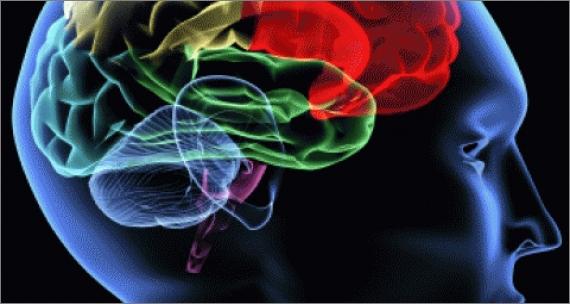The brain is the central “agency” of the nervous system of not only humans, but also vertebrates. It is formed by the accumulation of nerve and glial cells, as well as their processes. Brain physiology is a complex process of interaction of structural components. A neural network produces and processes a huge number of electrochemical pulses. The brain is located in the cranial cavity , the spinal cord is located in the spinal canal. Higher nervous activity is a function of the brain exclusively. Only he controls the behavior of the body in environmental conditions. The lower nervous activity coordinates the work of internal organs, their interaction.

Each person, of course, has a rich inner world, behavioral reactions, mental characteristics. I.P. Pavlov argued that higher nervous activity is determined by the work of the cerebral hemispheres and subcortical structures, which provide the interaction of the individual with the outside world, help him adapt to changes in the surrounding space. The scientist found that the basis of human behavior are reflexes - conditioned and unconditioned (instincts). Thanks to them, the body specifically responds to external influences.
Hereditary unconditioned reflexes were formed in the process of evolution. Most of them are included in the work almost immediately after birth. Some are formed during the maturation of certain systems, for example, reproductive. Complex
unconditioned reflexes are called instincts, although Pavlov insisted that there was no difference between them - the criterion for the appearance was the same.
Higher nervous activity was for the scientist the main object of study. As the research progressed, Pavlov established that in the cerebral hemispheres of the brain, under the influence of a constant stimulus, a special type of temporary connections forms - the conditioned reflex, which forms as one acquires individual experience. There is a classification according to which SD are divided into:
- natural and artificial;
- simple and complex;
- somatic and vegetative;
- cash, trace, etc.
For a
conditioned reflex to form, conditions are necessary. First of all, SD is formed on the basis of BR, which is caused by an indifferent stimulus. The central nervous system must be formed and complete. The irritant must occur repeatedly to form a dominant focus of excitation. The body on the path to the formation of the conditioned reflex goes through the stages of acquaintance, development and consolidation.
The doctrine of reflex is the main theoretical model due to which it is possible to analyze GNI. In the response of the body, the main mechanisms are distinguished - the processes of excitation and inhibition, on which the occurrence and extinction of conditioned reflexes is based. Nervous processes are interconnected and interact with each other.
Often, higher nervous activity is defined as the higher nervous system. This is fundamentally wrong and, rather, illiterate. The nervous system in mammals can be central and peripheral, however, this is another story.